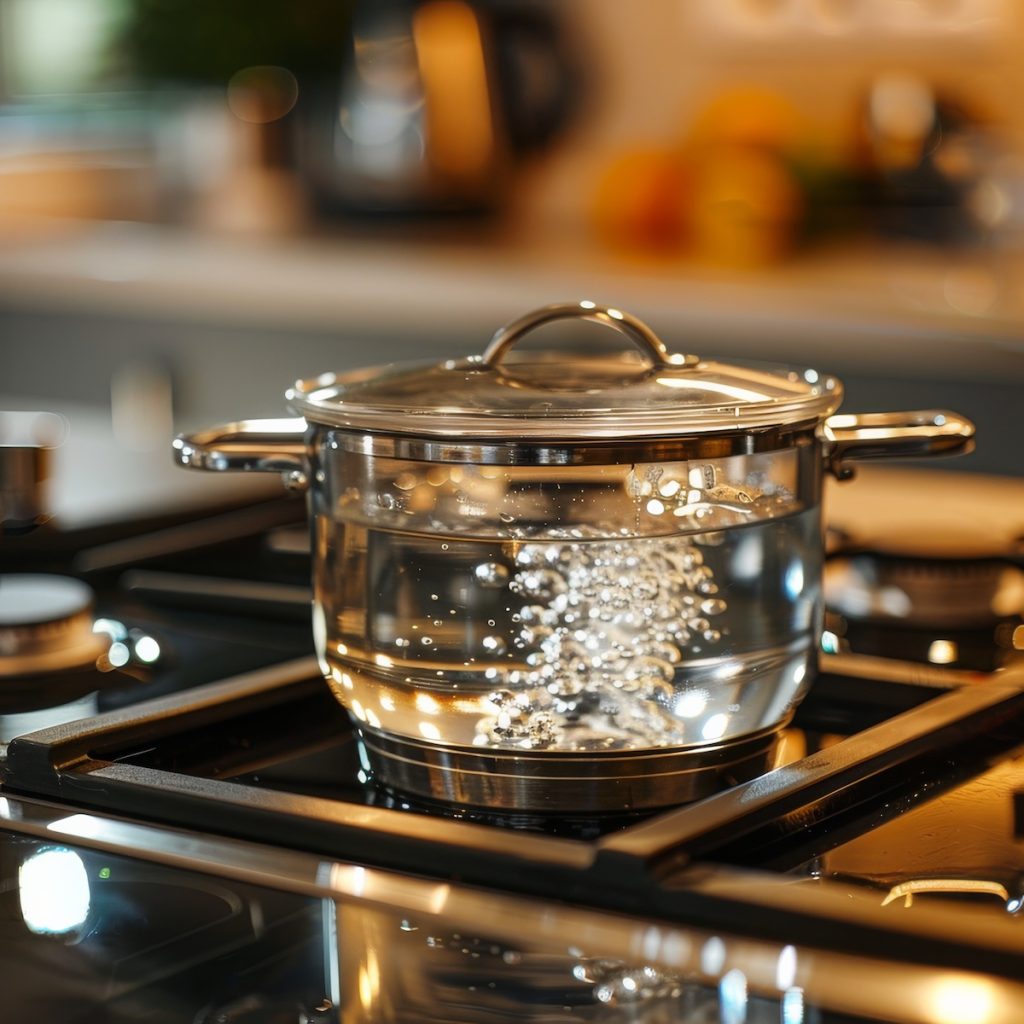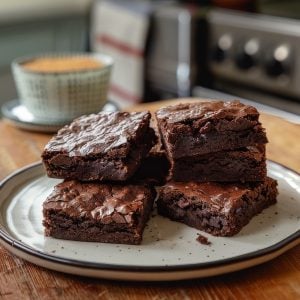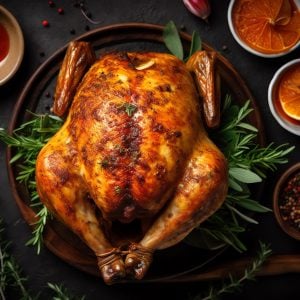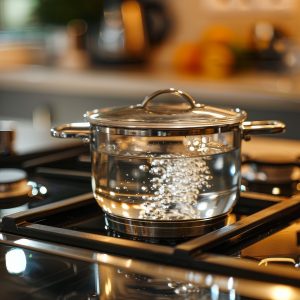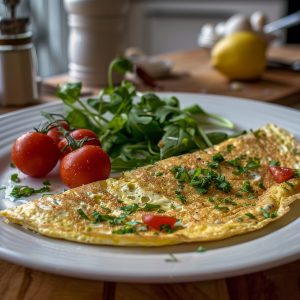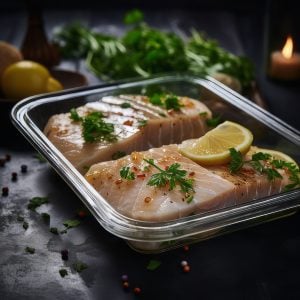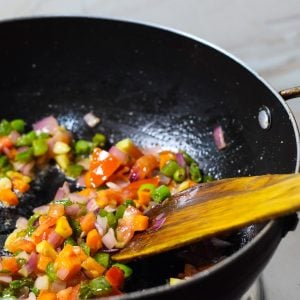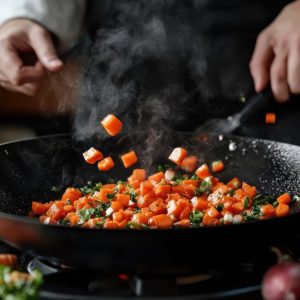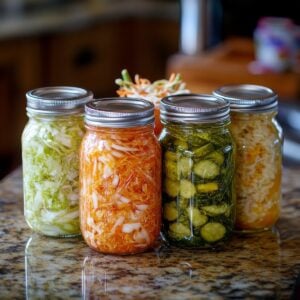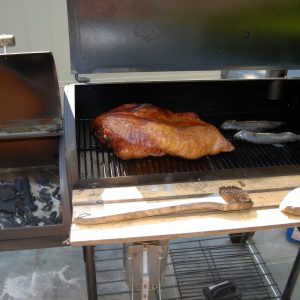The Poetry of Boiling Water: Chinese Culinary Terminology Unveiled
Boiling water progresses through several distinct stages, each marked by observable changes in its physical properties. Initially, as heat is applied to water, it warms up from its initial temperature.
Small bubbles begin forming at the pot’s bottom as the temperature approaches 100 degrees Celsius (212 degrees Fahrenheit). This stage is known as the nucleate boiling stage, where bubbles of vapor form and rise to the surface.
As the temperature continues to rise and reaches the boiling point of 100 degrees Celsius (212 degrees Fahrenheit) at standard atmospheric pressure, the water enters a vigorous boiling phase. Here, water vapor bubbles rapidly form throughout the liquid and rise to the surface, releasing steam. This is the stage most commonly associated with boiling water for cooking purposes.
The water enters a superheated state if the heat is further increased beyond the boiling point. In this stage, the water can exceed 100 degrees Celsius without boiling due to the absence of nucleation sites for bubble formation.
Superheated water is unstable and can flash boil when disturbed or when a nucleation site is introduced, such as by adding a spoon or dropping something into the water. Understanding these stages helps safely and effectively use boiling water in various culinary and scientific applications.
Western Stages of Boiling
In the Western world, the stages of boiling water are typically categorized as follows:
- Simmering: This stage occurs just below the boiling point, around 85-95 degrees Celsius (185-203 degrees Fahrenheit). Small bubbles form slowly and gently rise to the surface at this temperature. Simmering is commonly used to cook delicate foods like eggs gently or to simmer soups and sauces without rapid boiling.
- Boiling: When water reaches its boiling point at 100 degrees Celsius (212 degrees Fahrenheit) at standard atmospheric pressure, it enters a vigorous boiling stage. Large water vapor bubbles rapidly form throughout the liquid and rise to the surface. This is the stage where most cooking requires boiling water, such as pasta or vegetables, to take place.
- Rapid Boil: At this stage, the water is vigorously boiling with large, rolling bubbles constantly breaking the surface. Rapid boiling helps reduce liquids quickly or for cooking foods that benefit from intense heat, such as blanching vegetables or preparing stocks.
- Rolling Boil: Sometimes used interchangeably with rapid boil, a rolling boil refers to a state where the water is boiling so vigorously that the bubbles do not cease even when stirred. It’s often used when a recipe calls for a strong, sustained boil to achieve specific cooking effects, such as reducing sauces or boiling grains like rice.
Chinese Water Temperatures
These terms evoke vivid imagery related to the appearance and movement of boiling water at different stages, reflecting the poetic and descriptive nature of
Chinese culinary terminology. Each term captures a specific aspect of the boiling process, from the initial signs of heat to the vigorous boiling phase. A description is often a lot easier to understand than a temperature range, especially if I can’t find my thermometer.
Shrimp Eyes (虾眼): This refers to the stage just before boiling, when small bubbles start forming at the pot’s bottom, resembling shrimp eyes. At this stage, the water is approximately 160°F, the temperature at which eggs begin to set.
Crab Eyes (蟹眼): This stage refers to the point just before boiling when small bubbles resembling crab eyes start forming at the pot’s bottom. The temperature is right around 175°F.
Fish Eyes (鱼眼): Coming quickly after crab eyes is the fish eyes stage, where the bubbles are even a bit larger and the temperature is 180°F.
The first three stages are perfect for poaching. The trick is to adjust the heat to keep the temperature steady. Without adjusting the heat, the temperature rises, and the water gets to the next stage, a rope of pearls.
Ropes of Pearls (珍珠链): When the water reaches a full boil, large bubbles rise rapidly to the surface in a continuous, string-like manner, resembling a string or rope of pearls. At this point, the water is between 200°F -205°F.
Raging Torrents (激流): This stage describes a vigorous, rolling boil where the water is in a state of intense agitation, akin to a raging torrent or rapid flow of water. At this point, the water is bubbling violently, and the surface is rolling with them, and, at sea level, the temperature is 212°F.
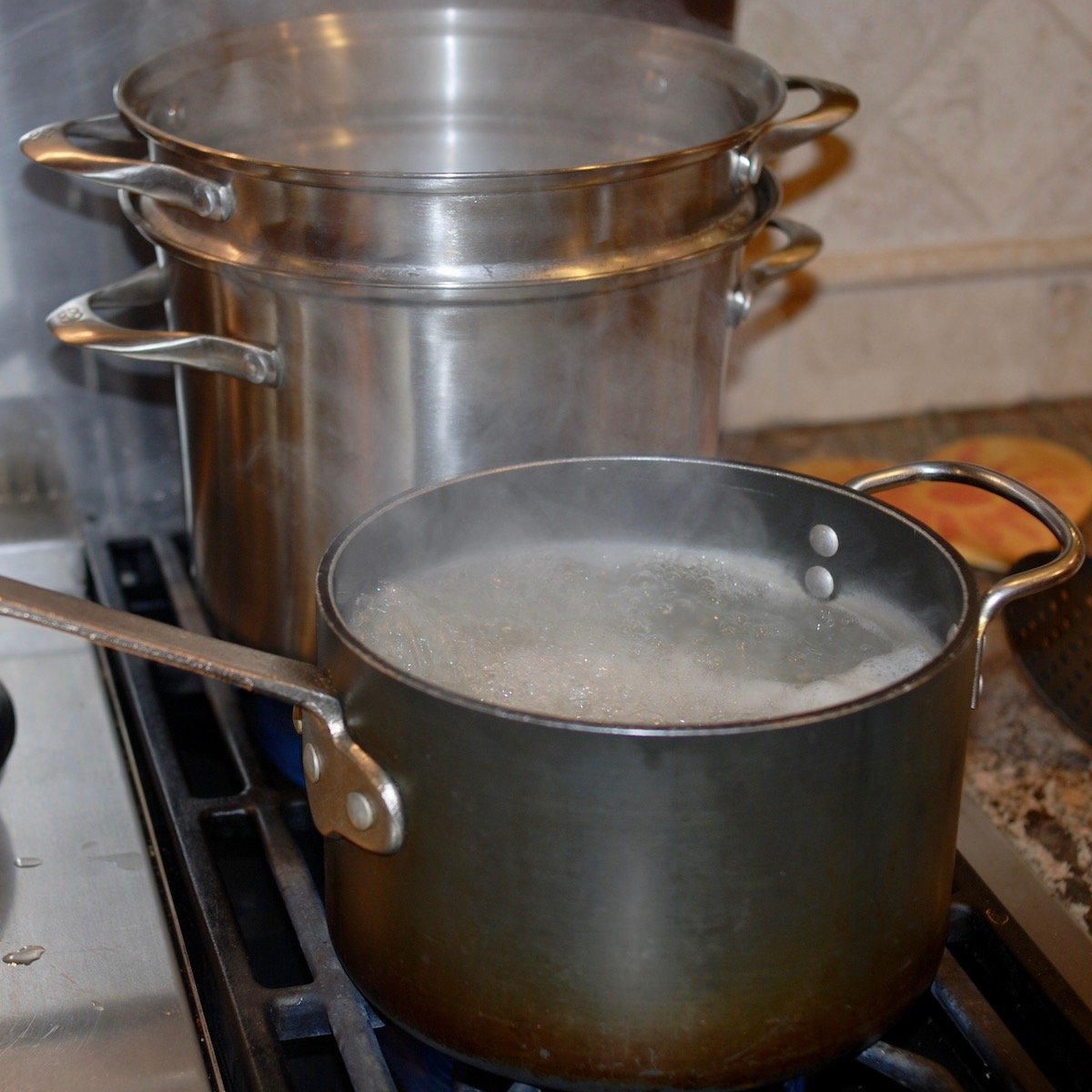
I do appreciate the descriptive names given by the Chinese, however, because they remind me to pay attention to how the water looks. And I always have my eyes with me, if not my thermometer.
Now that I think of it, maybe when my mom said she would boil some meat for dinner, she was simmering it. After all, I don’t have terrible memories of trying to gnaw through tough, overcooked meats.

Introduction to Boiling
Check out my article on
How to Boil Foods, which has links to the various stages. We have all heard the jokes about someone so bad at cooking, “They can’t even boil water!”
You may have a different opinion about that after reading my post.
 I do appreciate the descriptive names given by the Chinese, however, because they remind me to pay attention to how the water looks. And I always have my eyes with me, if not my thermometer.
Now that I think of it, maybe when my mom said she would boil some meat for dinner, she was simmering it. After all, I don’t have terrible memories of trying to gnaw through tough, overcooked meats.
I do appreciate the descriptive names given by the Chinese, however, because they remind me to pay attention to how the water looks. And I always have my eyes with me, if not my thermometer.
Now that I think of it, maybe when my mom said she would boil some meat for dinner, she was simmering it. After all, I don’t have terrible memories of trying to gnaw through tough, overcooked meats.


